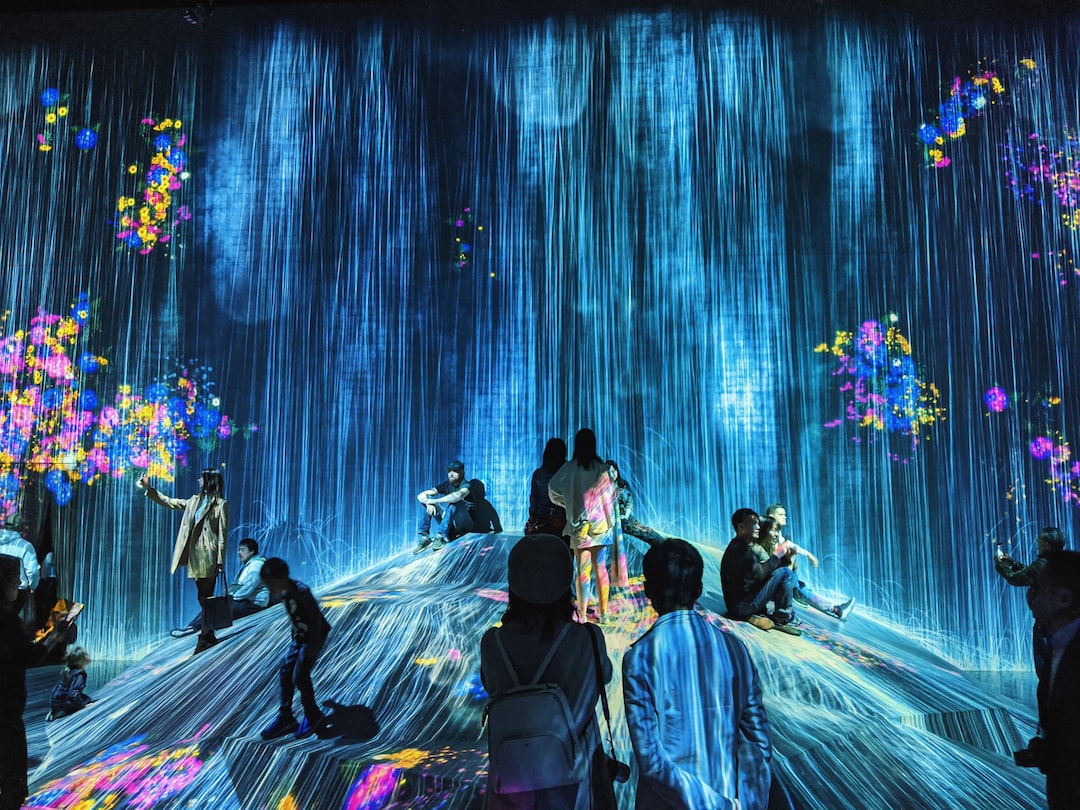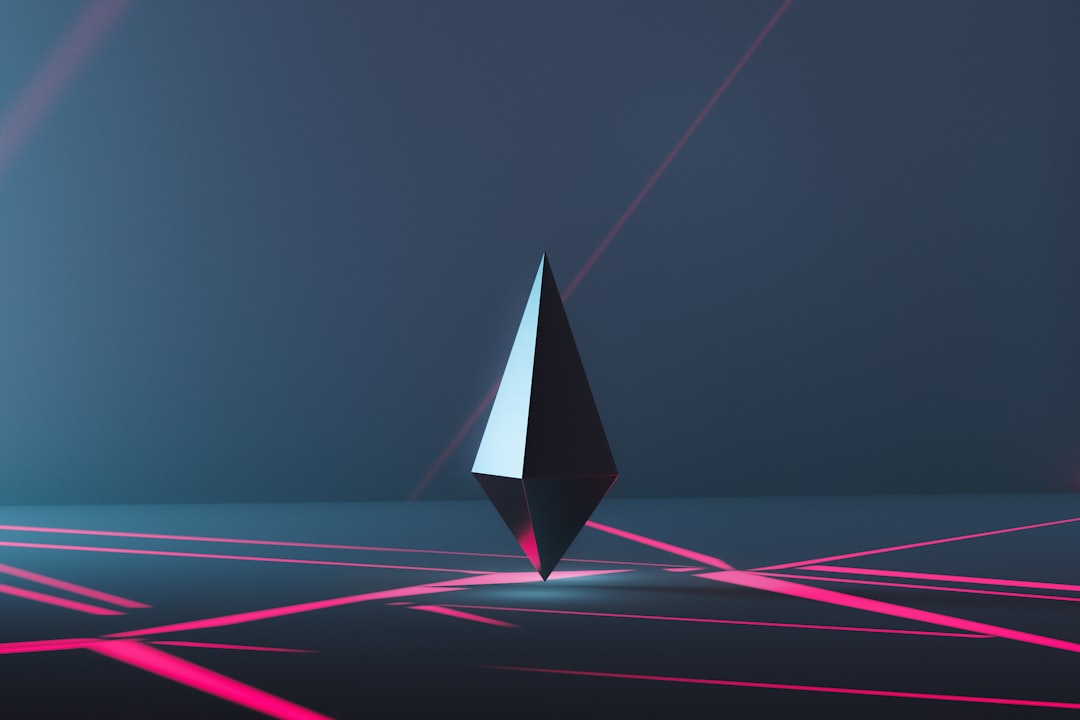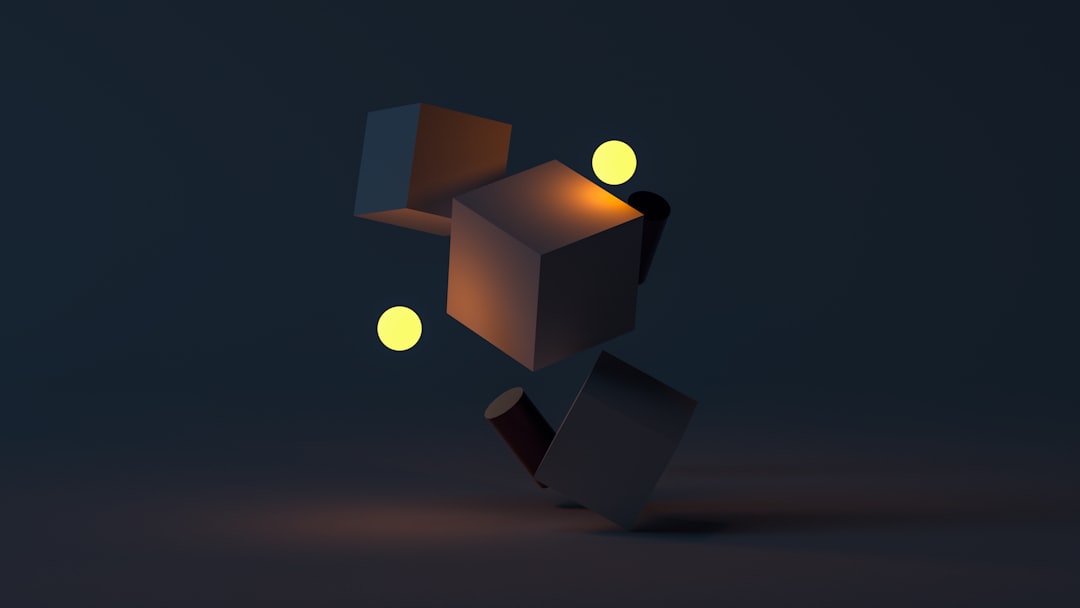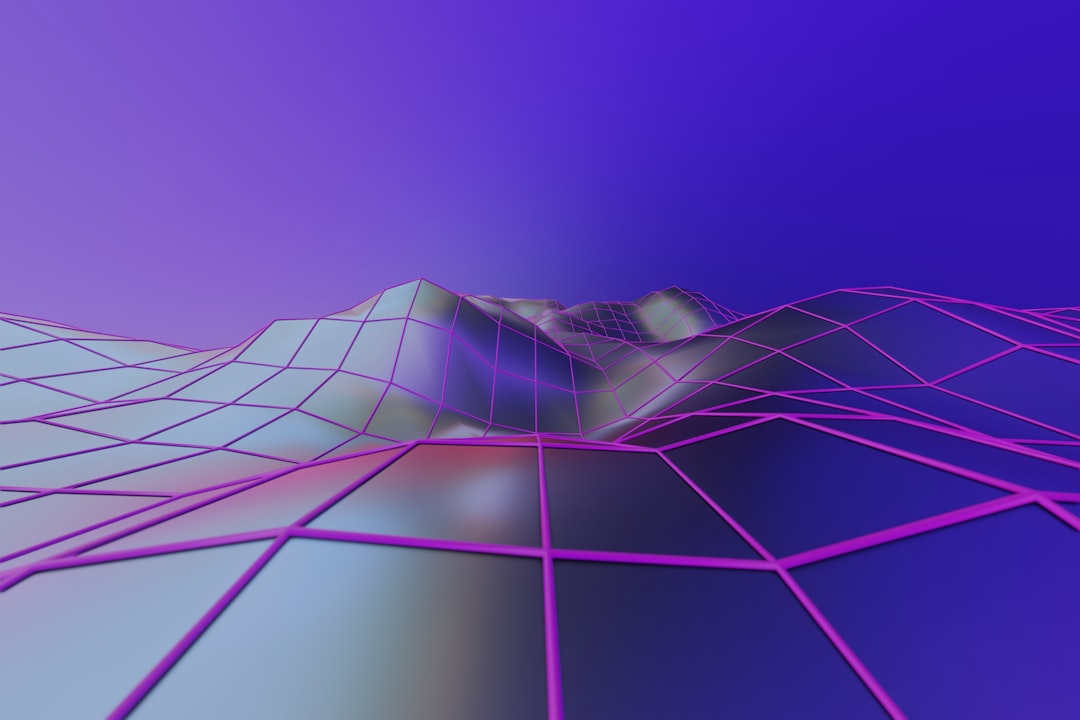Have you heard about NFTs? If you’re an art enthusiast or digital creator, you may have come across this buzzword recently. NFTs, or non-fungible tokens, are a new type of digital asset that can be used to represent ownership of unique items, such as art, music, or video content, in the digital world.
But what makes NFTs so special, and why are they causing such a stir in the art world? Well, for starters, NFTs offer a completely new way of owning and selling digital art. Unlike traditional art ownership, where a physical painting or sculpture is bought and sold, NFTs allow artists to create and sell unique digital art pieces that can be owned, traded, and tracked through blockchain technology.
This opens up a whole new world of possibilities for artists and collectors alike. With NFTs, artists can now create and sell their digital artworks as unique, one-of-a-kind pieces, rather than just another copy floating around on the internet. And for collectors, NFTs offer a way to own and display digital art in a way that was never possible before.
But what exactly are NFTs, and how do they work? In the next section, we’ll dive deeper into the definition of NFTs and explore how they differ from traditional art ownership. Get ready to learn something new and exciting!
What are NFTs?
Now that we have a basic understanding of NFTs in general, it’s time to dive into what they actually are. NFT stands for non-fungible token, which means it’s a unique digital asset that cannot be traded for something else of equal value. This is different from traditional art ownership, where a painting or sculpture can be replaced by an identical version and still hold the same value.
NFTs are created using blockchain technology, which is a decentralized ledger that records transactions securely and transparently. In other words, every NFT has a digital signature that verifies its authenticity and ownership. This makes it impossible to duplicate or counterfeit NFTs and ensures that they remain one-of-a-kind.
Another important aspect of NFTs is the use of smart contracts. These are self-executing contracts that facilitate, verify, and enforce the negotiation or performance of a contract. In the case of NFTs, smart contracts are used to establish the terms of ownership and transfer of the digital asset. This means that the creator of an NFT can set specific conditions for how it can be sold or transferred, such as receiving a percentage of the sale price every time it’s sold.
Overall, NFTs represent a new form of digital ownership that is based on trust and transparency. They are not just limited to digital art, but can also be used for music, videos, and other forms of creative content. As we move further into the digital age, NFTs may become an increasingly important part of the art world and beyond.
They are not just limited to digital art, but can also be used for music, videos, and other forms of creative content.
How do NFTs work?
NFTs are powered by blockchain technology, which is essentially a decentralized digital ledger that records transactions across a network of computers. Each transaction is verified and recorded on the blockchain, making it immutable and tamper-proof. This means that once an NFT is created, it cannot be duplicated or altered in any way, ensuring the authenticity and uniqueness of the digital asset.
Smart contracts are also an integral part of NFTs. Smart contracts are self-executing contracts with the terms of the agreement between buyer and seller being directly written into code. They allow for automatic execution of digital contracts, eliminating the need for intermediaries such as lawyers or banks. With NFTs, smart contracts enable the automatic transfer of ownership and royalties to the creator whenever the NFT is sold or traded.
The combination of blockchain technology and smart contracts provides a new level of transparency and security for art ownership. It allows artists to have more control over their work and ensures that they receive proper compensation for their creations.
Tools and platforms for creating NFTs
Creating an NFT involves minting a digital asset on the blockchain. There are several platforms that offer NFT creation services, including OpenSea, SuperRare, and Nifty Gateway. These platforms allow artists to upload their digital art, set an asking price, and mint the NFT. Minting an NFT involves paying a gas fee, which covers the cost of the transaction on the blockchain.
Another option for creating NFTs is through the use of decentralized applications (dApps) such as Rarible or Mintable. These dApps offer a more open and decentralized approach to NFT creation, allowing artists to create and sell NFTs without the need for a centralized platform.
Overall, the process of creating an NFT is fairly straightforward, and with the increasing popularity of NFTs, there are more tools and platforms available to make the process even easier for artists.
These dApps offer a more open and decentralized approach to NFT creation, allowing artists to create and sell NFTs without the need for a centralized platform.
How are NFTs created?
Creating an NFT may seem like a daunting task, but it’s actually quite simple. The process involves creating a digital asset, minting it onto a blockchain, and then putting it up for sale as an NFT.
To create an NFT, you need to start by creating a digital asset that you own the rights to. This can be anything from digital art to music or even tweets. Once you have your asset ready, you need to mint it onto a blockchain. Minting simply means creating a unique token that represents your asset on the blockchain.
There are several blockchain platforms that support NFTs, including Ethereum, Binance Smart Chain, and Flow. Each platform has its own set of tools and requirements for minting NFTs, so it’s important to do your research before choosing a platform.
Once your NFT is minted, you can put it up for sale on a marketplace that supports NFTs. Some popular NFT marketplaces include OpenSea, Nifty Gateway, and SuperRare. These platforms allow you to set a price for your NFT and put it up for auction or direct sale.
Creating an NFT has never been easier, thanks to the various tools and platforms available. Whether you’re an artist looking to sell your work or a collector looking to invest in digital art, NFTs offer a unique opportunity to own and trade digital assets in a secure and transparent manner.
Each platform has its own set of tools and requirements for minting NFTs, so it’s important to do your research before choosing a platform.
The Market for NFTs
The market for NFTs has exploded in recent years, with sales totaling over $2 billion in the first quarter of 2021 alone. This represents a massive increase from the previous year, and the trend shows no signs of slowing down any time soon.
One interesting aspect of the NFT market is the fact that prices can vary wildly. While some NFTs have sold for millions of dollars, others have gone for just a few dollars. This is largely due to the fact that the value of an NFT is largely determined by the perceived value of the digital asset it represents.
Some of the most popular types of NFTs include digital art, collectibles, and even virtual real estate. In each case, the NFT represents a unique, one-of-a-kind item that cannot be replicated or duplicated in any way. This exclusivity is a big part of what makes NFTs so valuable to collectors and investors.
Of course, the rise of NFTs has also had an impact on the traditional art market. Some critics argue that NFTs are creating a bubble that will eventually burst, while others see them as a way to democratize the art world and give more artists a chance to monetize their work.
Regardless of your opinion on the matter, it is clear that NFTs are here to stay. As the market continues to grow and evolve, it will be interesting to see how they impact the art world in the years to come. Will they continue to be seen as a novelty, or will they become a legitimate part of the art world ecosystem? Only time will tell.
Regardless of your opinion on the matter, it is clear that NFTs are here to stay.
Criticisms of NFTs
As with any new technology, there are criticisms and concerns surrounding the use of NFTs in the digital art world. Two of the most prominent criticisms are environmental concerns and accessibility and exclusivity issues.
First, let’s address the environmental concerns. NFTs are created and stored on the blockchain, which requires substantial amounts of energy to operate. Some critics argue that the energy consumption required to create and maintain NFTs is unsustainable and contributes to climate change.
However, it’s important to note that not all blockchains have the same environmental impact. Some, like the Ethereum blockchain, are working to reduce their energy consumption through the use of more efficient algorithms and switching to a proof-of-stake consensus mechanism.
Second, there are concerns around accessibility and exclusivity. While NFTs have the potential to democratize the art world by allowing artists to sell their work directly to collectors without going through traditional gatekeepers like galleries and auction houses, there are valid concerns that the market for NFTs is currently dominated by wealthy collectors and investors.
Additionally, the high transaction fees associated with buying and selling NFTs on some platforms can make it difficult for emerging artists to enter the market. Some critics argue that the exclusivity of the NFT market runs counter to the principles of decentralization and democratization that blockchain technology was originally meant to embody.
It’s important to acknowledge these criticisms and work to address them as the use of NFTs in the art world continues to evolve. At the same time, it’s equally important not to dismiss NFTs outright as a passing fad or a purely negative development. As with any new technology, there are both risks and opportunities, and it’s up to us to navigate them with an open mind and a critical eye.
Some critics argue that the exclusivity of the NFT market runs counter to the principles of decentralization and democratization that blockchain technology was originally meant to embody.
Conclusion
In conclusion, NFTs have brought about a revolution in the art world. The concept of digital ownership has been a game-changer, and it has opened up new opportunities for artists to monetize their work. Blockchain technology and smart contracts have made it possible for artists to bypass the traditional art market and sell directly to their fans.
NFTs have also brought about new trends and changes in the art market. The sales and prices of NFTs have been skyrocketing, and it has caught the attention of the traditional art market. Some art collectors have even started to invest in NFTs as a new asset class.
However, NFTs are not without their criticisms. Environmental concerns have been raised due to the energy-intensive nature of blockchain technology. Also, the exclusivity and accessibility issues have been highlighted as NFTs are still relatively new and not yet accessible to everyone.
But, it is important to note that the technology is still evolving, and we can expect changes in the future to address these concerns. As the art world continues to embrace NFTs, we can expect more artists to experiment with this technology, and this could lead to groundbreaking new art forms.
In conclusion, NFTs have opened up a whole new world of possibilities for artists and collectors alike. It is an exciting time to be part of this movement, and we can’t wait to see what the future holds for NFTs in the art world.





